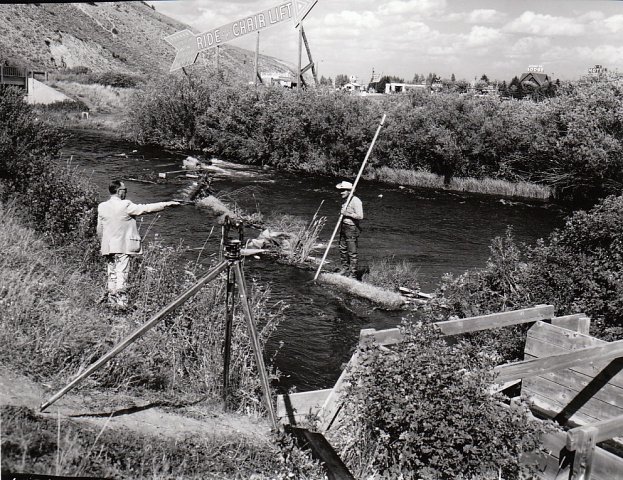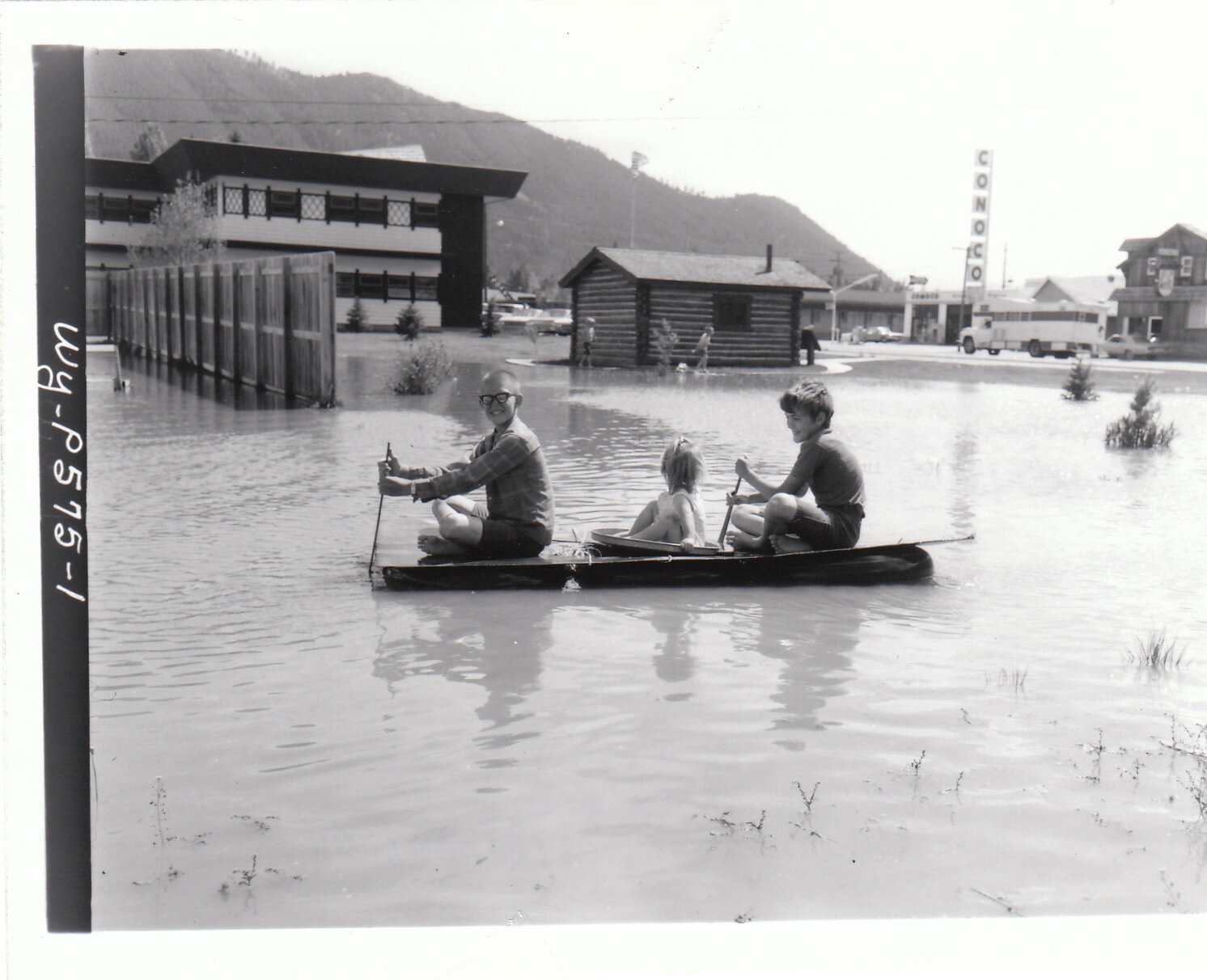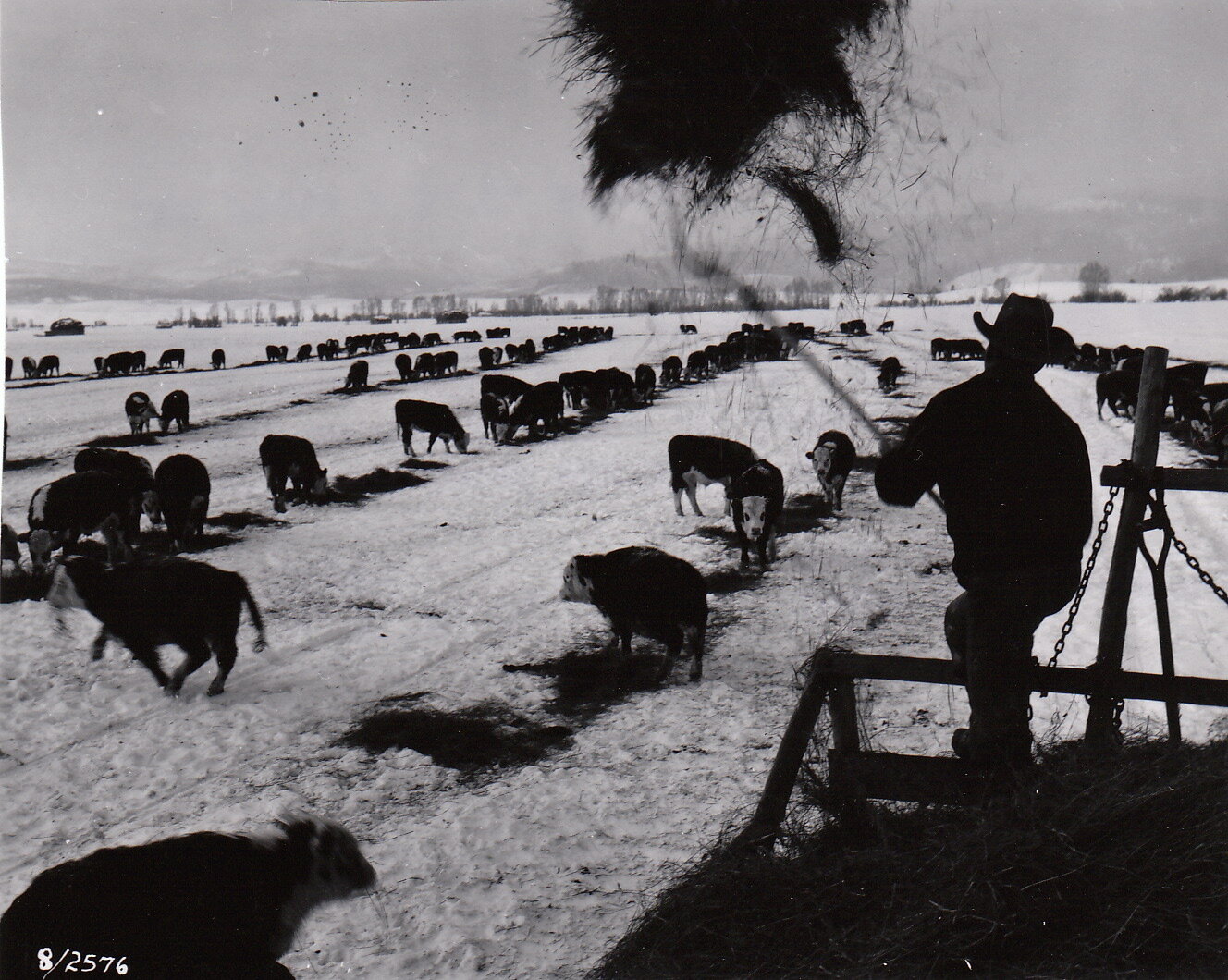Since 1946, we have worked with the community to conserve natural resources through local projects, partnerships, research, and education.
Mission
Teton Conservation District is a local government entity whose mission is to work with the community in the conservation of natural resources for the health and benefit of people and the environment.
vision
Teton Conservation District envisions a forward-looking community practicing natural resource stewardship.
What is a conservation District?
Have you ever wondered what we do? Or what is a conservation district? Or what is a special district? Watch the illustrated video below to learn all about us!
Conservation districts are special districts (a subdivision of state government) established by local residents to conserve natural resources. Following the Dust Bowl, President Franklin D. Roosevelt urged governors across the country to empower local farmers and ranchers to create conservation districts to protect soil and water resources. Today, there are more than 3,000 conservation districts across the nation. The 34 conservation districts in Wyoming are governed by state statute (Title 11, Chapter 16) and are under the jurisdiction of the Wyoming Department of Agriculture. Teton Conservation District’s seven-person staff is led by a locally-elected Board of Supervisors.
What is The Mill Levy?
Since 1998, Teton Conservation District has received a portion of its funding by a majority vote for the Conservation District Tax on the general election ballot every four years, which has allowed the district to request up to one mill of assessed property value annually.
Though Teton Conservation District may collect up to one mill, the Board of Supervisors chose to collect only 0.6 mill in 2022, reduced from 0.8 mill in 2021. At 0.6 mill, Teton Conservation District’s allocation is about 1/100th of the average property tax bill, or one penny for every dollar of property tax paid. As property values have increased, Teton Conservation District has chosen to maintain a consistent level of funding by reducing our mill levy request.
2020-2025 STRATegic & Long-Range Plans
Teton Conservation District’s 2020-2025 Strategic and Long-Range Plans guide the district’s natural resource conservation work and decision making. The goals and objectives outlined in the Strategic Plan will shape our growth and character and steer us into the future. The Long-Range Plan builds upon the Strategic Plan by offering specific guidance to staff and board and sets concrete desired outcomes and actions that inform our day-to-day work.
history
1930s: The Dust Bowl ravages the west as a result of severe drought exacerbated by years of unsustainable agricultural practices.
1935: Congress passes the Soil Conservation Act of 1935, creating the Soil Conservation Service administered by the United States Department of Agriculture.
1937: A model Soil Conservation District Law was developed and sent to each state governor, along with a letter from President Franklin D. Roosevelt urging them to empower local farmers and ranchers to create districts to conserve soil and water resources.
1941: Wyoming passed the Soil Conservation Act in 1941, leading to the voluntary formation of local conservation districts across the state.
1946: Teton Soil Conservation District is established by a committee of residents including Jim Imeson, Cliff Hansen, Arthur Brown, Bruce Porter, Fred Toppings, and Amasa James.
1974: The boundaries of Teton Soil Conservation District expanded to include Grand Teton National Park and Wyoming’s portion of Yellowstone National Park.
1998-Present: Voters have approved up to one mill of property taxes every four years to fund the conservation district for the purpose of soil, water, wildlife, and other conservation programs.
1999: The district changes its name to Teton Conservation District.
2022: Teton Conservation District modified its boundaries to match Teton County, Wyoming’s boundaries. The district transferred the portion of Park County in Yellowstone to Cody Conservation District.







